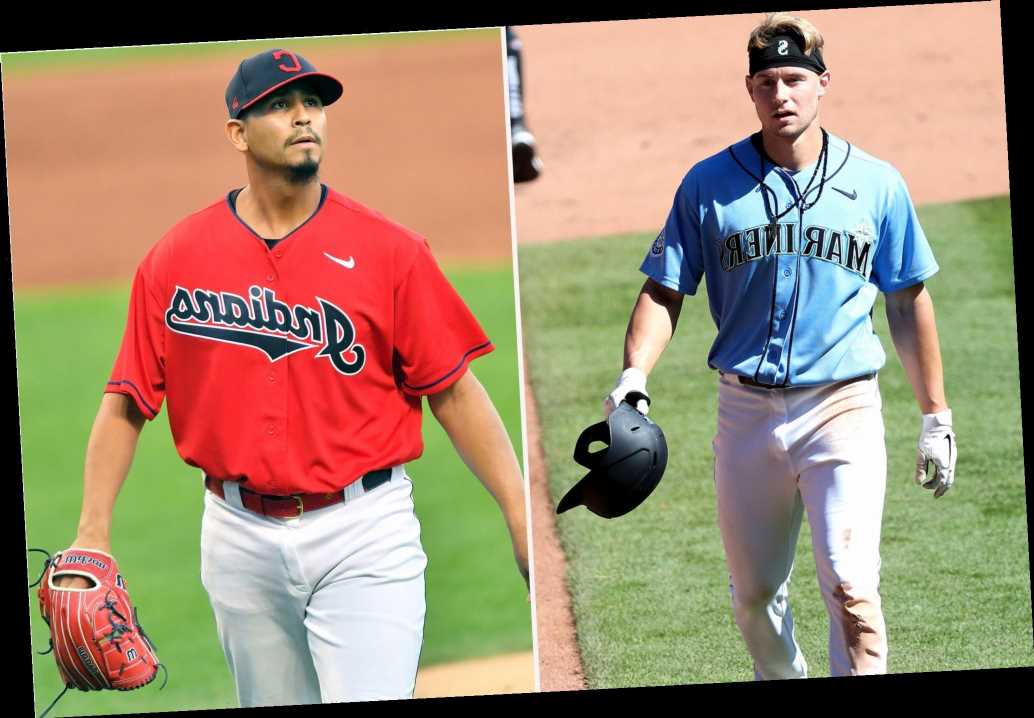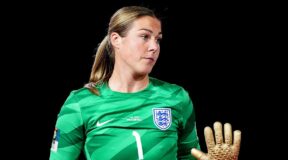More from:
Joel Sherman
Mets contracts will soon test Steve Cohen's wallet: Sherman
Mets just put themselves in the Yankees’ weight class: Sherman
Yankees, Mets should consider if Corey Kluber is a worthwhile risk: Sherman
Steve Cohen free-agency anger is premature: Sherman
Juan Soto, Fernando Tatis Jr. and everything we hope for from MLB in 2021: Sherman
It was a trade. But it also was free agency.
The Mets acquired Francisco Lindor and Carlos Carrasco from the Indians in exchange for four players. But they also bought them.
Cleveland’s well-regarded baseball operations department investigated what they could receive for Lindor, for Carrasco and for the duo together. Ultimately, job one, due to the 2021 budget provided by ownership, was to escape as much of the $47 million or so owed the pair — notably the $33 million or so for 2021 — as possible. And, within that, procure as much young (inexpensive) talent as possible.
So Cleveland decided to put Lindor and Carrasco together and accept a lesser return in talent from the Mets. The Indians’ hope was that by doing that, with so many free agents and trade possibilities remaining in this slow-moving market, they will be able to spend a piece of what they saved, and they want to pursue opportunities to fortify the roster to remain competitive in the meh AL Central.
Mainly, though, they had to get out of the money.
Thus, the first mammoth player move of the Steve Cohen and Sandy Alderson regime has commonality with the first substantial transaction of Brodie Van Wagenen’s regime.
That also was free agency masquerading as a trade. The Mariners were willing to include Edwin Diaz in a trade to make Robinson Cano disappear just as surely as the Indians were willing to lower the value of Lindor to escape the full two years at $27 million still owed to Carrasco.
The problem: The Mets took on a far greater financial obligation in Cano than in Carrasco, while getting a lesser piece in Diaz than in Lindor and also giving up a far more desirable trade chip in Jarred Kelenic than in Andres Gimenez.
A few thoughts:
Kelenic still has to reach and succeed in the majors. For now, the Mets’ greatest sin with him was trading him less than a year after drafting him and, thus, not realizing the kind of value he accrued with just one full minor league season.
The bigger baseball crime was trading an asset who had the skill to haunt the Mets in what essentially was a desperation salary dump by the Mariners. In reviews of the Lindor trade by outside executives (all of whom saw it as a win for the Mets), they all cited that no one the Mets surrendered would burn them, even while all professed admiration for Gimenez. Again, let’s allow some time with that one. I am a big fan of players with talent who, though young, show both a high baseball IQ and sincerity of effort. Gimenez checks those boxes.
Also, it should be noted the two prospects in the trade — Isaiah Greene and Josh Wolf — were second-rounders drafted in Van Wagenen’s tenure and traded by Alderson. Kelenic and Dunn were first-rounders of Alderson’s first tenure who were traded by Van Wagenen. The Mets have drafted well for years, and if there was a compliment given for Van Wagenen’s era, it was that he handled the draft well in his two tries. Nevertheless, the reviews of Greene and Wolf are that they are years away and, at best, lottery ticket prospects — though again, time will be the ultimate arbiter.
Cano was just a much greater distressed piece than Carrasco. When it comes to these kinds of players, think how much they would receive in free agency if they were available. Cano was suspended 80 games in 2018 for testing positive for a banned performance enhancer. He was going into his age-36 season in 2019. If he had been a free agent after the 2018 season, therefore, he would have received, what? A two-year contract for $20 million at most, probably not even that. Maybe one year.
Cano had five years at $120 million left, and even with the Mariners eating $20 million and taking Jay Bruce and Anthony Swarzak, the Mets still owed five years at $63.5 million. To get access to Diaz, it was too much to absorb that money plus give up Kelenic. I cannot imagine another team would have taken on close to what the Mets did for Cano, even to acquire Diaz.
Carrasco has two years at $27 million left, assuming his 2023 option is not picked up. He is a leukemia survivor entering his age-34 season, but is coming off a 2.91 ERA in 12 starts. Could he have matched Mike Minor’s two-year, $18 million in this curtailed market? Carrasco has a terrific reputation as a person and teammate, and when aggressive with his fastball, his secondary stuff — namely his changeup and slider — still make him a strong starter. He is a lot closer to two years at $27 million in value than Cano was to five years at $63.5 million. A lot closer.
The Mets had a .432 winning percentage in 2017 before Van Wagenen took over and .433 last year before Cohen bought the club. Both administrations entered and believed that the previous club had underperformed their talent and that modifications would make them instant winners.
So Van Wagenen bypassed the best catchers on the market (J.T. Realmuto in a trade and Yasmani Grandal in free agency), concerned that waiting Grandal’s free agency out would cost opportunities elsewhere and instead signed Wilson Ramos. He also signed a reliever, Jeurys Familia. Then he made the free-agency move masquerading as a trade for Diaz/Cano.
So far the Cohen/Alderson Mets bypassed the best catcher in the market (Realmuto in free agency) concerned that waiting Realmuto’s free agency out would cost opportunities elsewhere and instead signed James McCann. They also signed a reliever, Trevor May. Then they made the free-agency move masquerading as a trade for Lindor/Carrasco.
The Van Wagenen mistake was that a team should never offer big money or big assets (the Mets used both) for a reliever unless it is positive it is a contender. Because having a closer with too few wins to close is like having a beautiful roof on an outhouse.
A shortstop such as Lindor helps daily, though any Mets fan would sign up for him to produce a .316/.352/.544 slash line next year — which, by the way, was Cano’s last season. Of course, Cano was then busted again for being a PED cheat. Lindor’s salary will be $20 million or so, or what the Mets are saving with Cano forfeiting his 2021 salary. Cano, though, still is owed two years at $40 million for 2022-23 after his suspension.
So this might be the biggest difference between those Mets and these Mets. Those Mets, under the Wilpons, splurged by taking a last stab at competitive relevance with the owners probably aware they were going to sell. Cohen is now in for the long haul with the deepest pockets in the sport. He can handle Cano’s salary and a likely extension for Lindor. Cohen has the cash to navigate the failed free agency masquerading as a trade of his predecessor while trying it himself.
Share this article:
Source: Read Full Article





